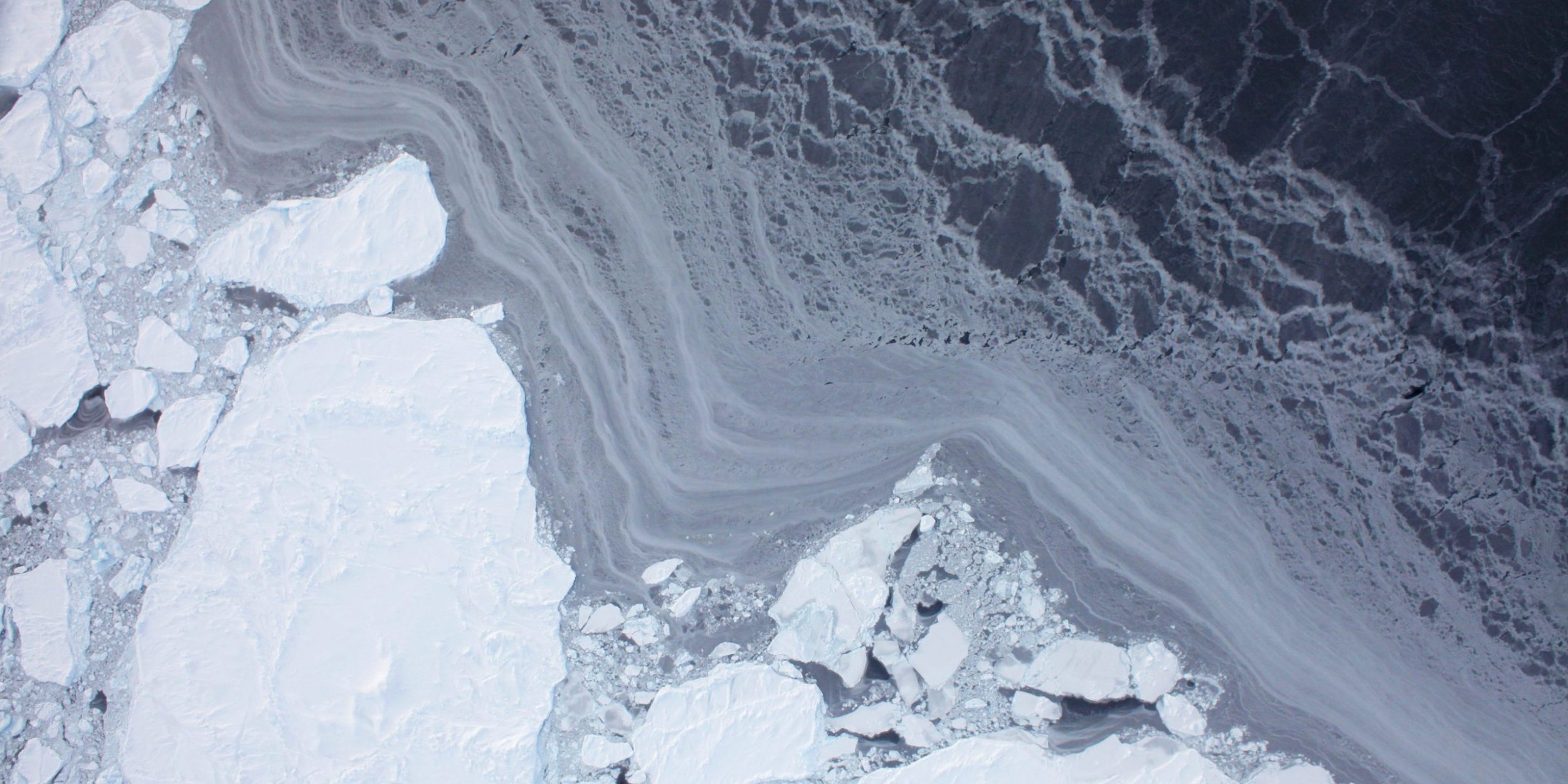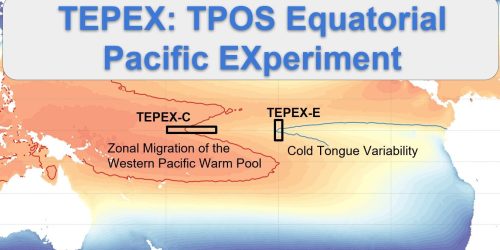“There is little doubt that we will see a decline in Arctic sea ice cover in this century in response to anthropogenic warming, and yet internal climate variations and other external forcings could generate considerable spread in Arctic sea ice trends on decadal timescales,” begins a newly released article by Yeager et al., in Geophysical Research Letters.


It predicts a decrease in heat transport due to a weakening Atlantic Meridional Overturning Circulation (AMOC), and concomitantly, a decrease in the rate of sea ice loss in the Atlantic sector (and potential for sea ice growth in some regions, particularly the Barents Sea).
Given the demonstrated ability of CESM DP to forecast sea surface temperature in the North Atlantic, the authors set out to determine if the skill would transfer to predictions of sea ice on decadal timescales as well. Indeed, the authors find that “initialized prediction ensembles using CESM can skillfully predict low-frequency modulations in the decadal trends of Arctic sea ice, and the significant skill scores for Atlantic sector sea ice extent, in particular, suggest that CESM DP future forecasts merit serious consideration.”
While acknowledging the predicted long-term, anthropogenically forced decline in sea ice, decadal prediction efforts such as these are incredibly important for making nearer term decisions for the coming decade.
To access the full paper, visit: http://dx.doi.org/10.1002/2015gl065364
Sea ice loss predicted to slow in the Atlantic, says new CVP-funded research











